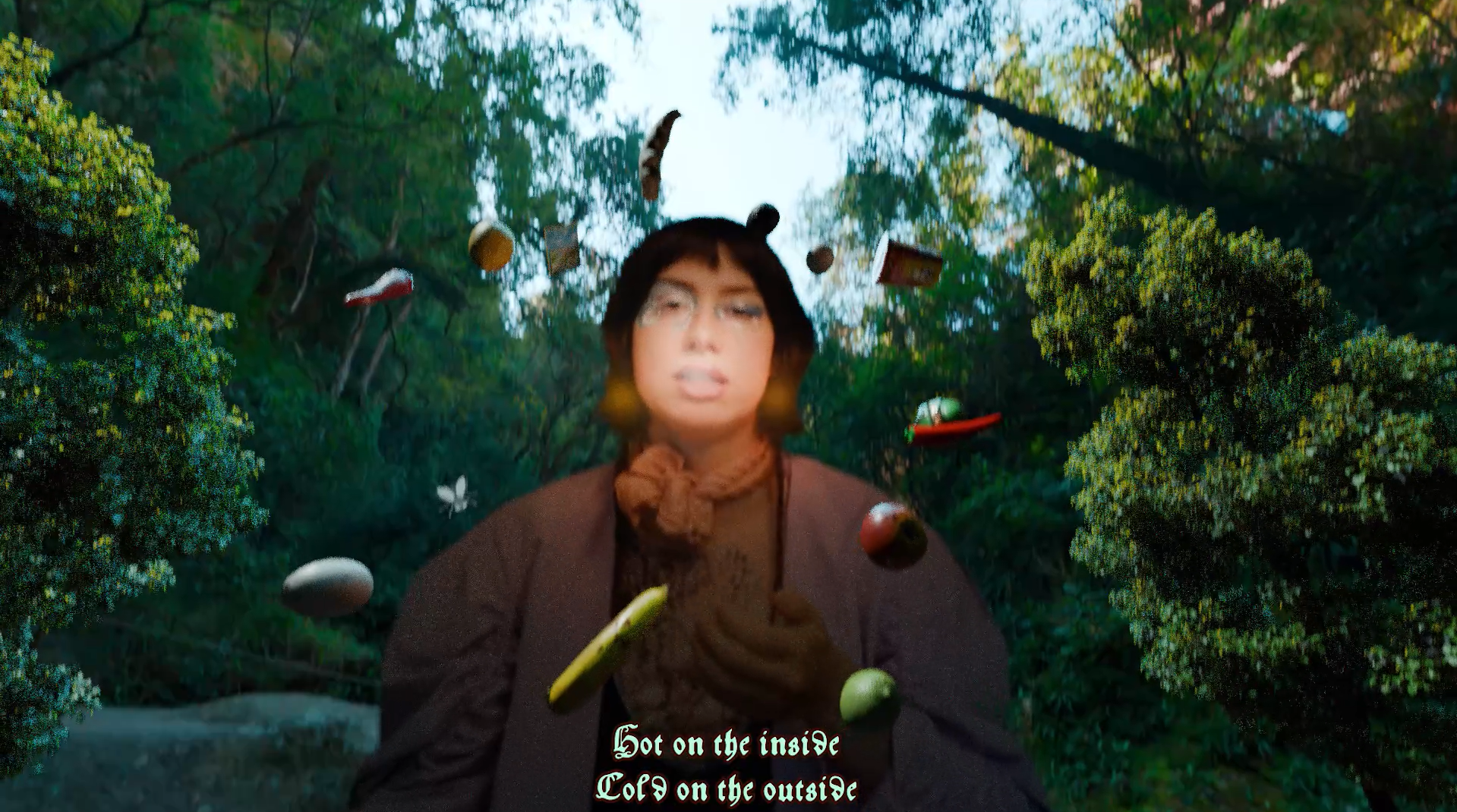Zodiac Kind is a short animated film inspired by the medieval “Zodiac Man,” a diagram of a human body and astrological symbols from a 15th-century manuscripts.
This body map links the different body parts to zodiac signs but also connects to Humorism, a system of medicine detailing a supposed makeup and workings of the human body seperated in four elements, tempraments and seasons.
The video follows a dreamlike sequence with references to shadow puppets and digital culture, with each scene representing a different body part. The work explores the boundaries between animated and unanimated states in the context of animation, digital presence, and self-help culture.
This work is part of a broader research trajectory exploring historical world maps. Maps, inherently fictional, always offer a limited representation of reality. No matter how detailed or accurate they appear, maps can never fully capture the complexities of the real world. Looking back at historical maps of Europe and the world, particularly from medieval Europe, reveals a common theme: maps of this era were deeply intertwined with fables, folklore, and mythology. Understanding the world has always been a process that extends beyond drawing semi-accurate coastlines and country borders.
A map’s perspective reflects the identity, culture, and worldview of its creator. Many pre-Enlightenment European maps present a more subjective and seemingly fictional portrayal of the world, blending zodiac signs, religious symbols, and celestial relationships with geography. Symbolism plays a central role in these maps, much as it does in modern cartography, though this connection is often overlooked today.
One particularly fascinating example is the “Zodiac Man,” a map that connects celestial bodies to parts of the human body. These parts, in turn, align with practices such as Humorism and the temperaments. Such depictions remind us that even as we strive for objectivity, the line between fact and fiction has always been fluid and nuanced, both in how we represent the world and how we understand humankind.
